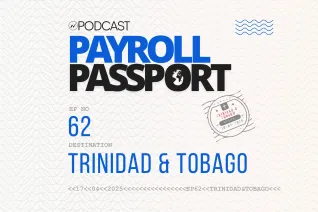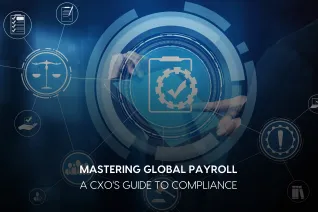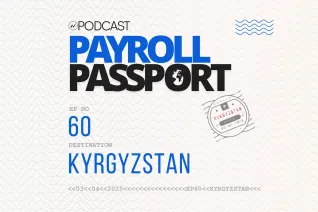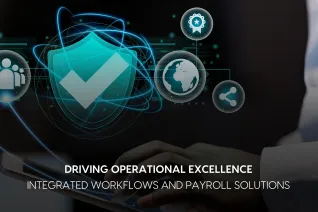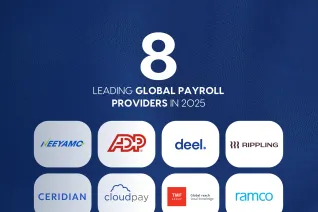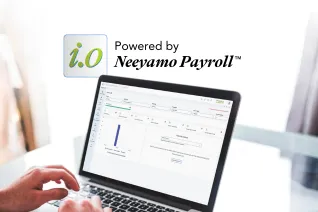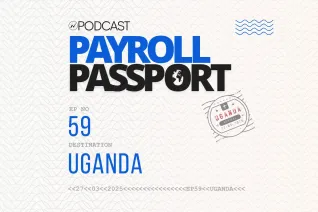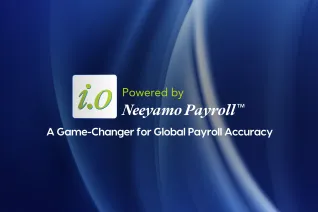Demystifying Web 3.0 – The New Age Internet
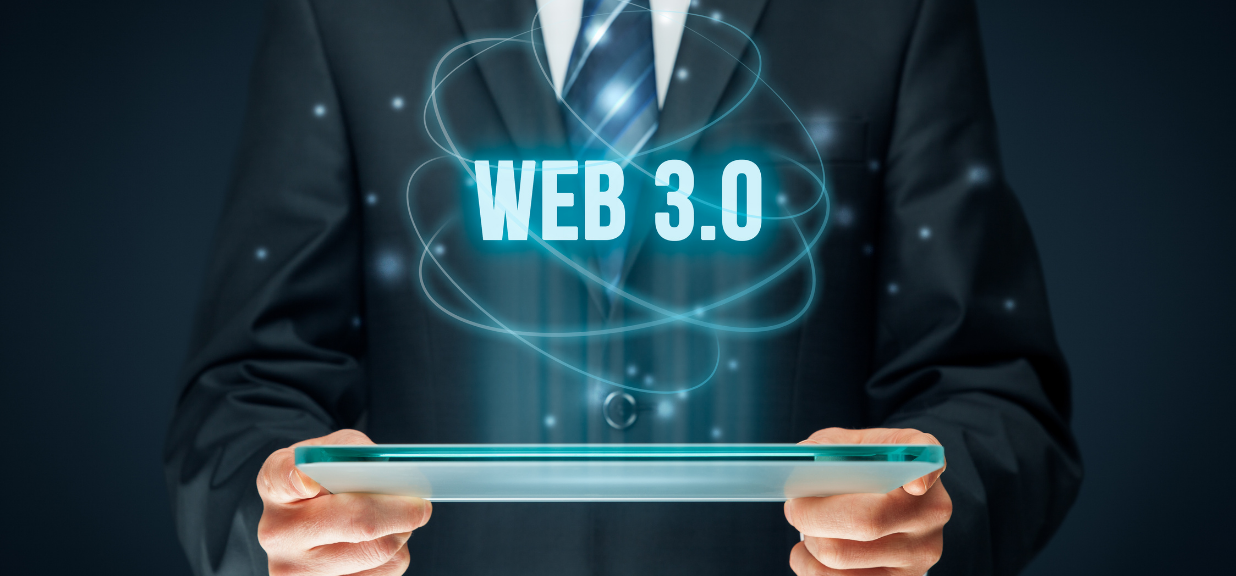
The pandemic accelerated many things, and the internet of the new era – Web 3.0 – is one of them.
54% of the American consumer population have stated that they have not heard of Web 3.0 before.
Web 3.0 is now a reality more than it ever was in the past, and the skills and understanding required are vast. Before jumping into the topic, let’s understand what precisely the reinvigorated Web 3.0 is:
Web 3.0, to put it simply, is the “new age internet” that connects a like-minded community of individuals. Anita Lettink, board advisor, keynote speaker, and executive coach, discusses influencers or those with skills who can make money from them.
Through their digital works on the web, they use their creativity to market businesses, including cosmetics, sportswear, and products. Companies pay a sizable sum to sponsor such advertisements, and the cycle continues.
Web 3.0 has three aspects, each of which Anita has explained with the example of the HR Cookbook:
1.DAO – Decentralize autonomous organization
The DAO creates a system where the members earn reputation only via participation. It is an online community collectively owned and managed by its members rather than a central leader governing the bureau. In a DAO, the audience has a say when it comes to podcasts. The type of content and the medium of publishing podcasts are unanimously decided.
2.Tokenization
A community can have customized tokens. For instance, HR Cookbook tokens may be awarded to individuals who raise the number of subscribers and views, as well as other factors that broaden the podcast’s audience and draw attention to it. They will feel more invested, which will increase podcast listenership. The increased interaction will lead to a corresponding increase in the coin’s value.
3.Interoperability
When an influencer shifts from Twitter to LinkedIn is usually not the desired move because moving from one platform to another will lead to members dropping out. Because there will be no clarity about where content might get posted in the future, and some might not have the new platform you opted for. Interoperability means that your members move along when you relocate from A to B. In the case of the HR Cookbook, tokens will remain the same without losing their value, thus making the switch seamless.
The current internet does not allow this, but these three features will give you more power.
Why do we require Web 3.0?
Opportunities are everywhere, and we ought to grab them then and there.
While the pandemic changed the world forever, it made people realize and accept a few hard facts: life is short.
The realization that ‘having a job is no guarantee’ is profound. Many understood that depending on just one income stream was unreliable and risky; many diversified their income streams.
Not every influencer is returning to full-time jobs after the pandemic because of the realization that one does not need millions of followers to make a living. Even with a tight-knit community, one can make money.
Returning to full-time jobs does not seem appealing when the web offers global audiences to showcase your skills.
How can Web 3.0 support businesses?
Companies like Nike have started providing digital shoes for your avatars online whenever you buy one. This opens opportunities in the web world. While it’s an ocean of possibilities, companies must rethink their approach to Web 3.0; the options it offers, and what it could mean for the people hired.
One salient feature it offers is transparency, especially for B2B businesses.
But there’s a catch to this. Is it OK for businesses to pay their staff in tokens or cryptocurrencies? Would it be acceptable for them to hire individuals who only wish to work three days a week? Would they be happy with the photographs they used being added back to the pool of images for use by others?
While Web 1.0 meant reading and Web 2.0 meant reading and writing with a better experience, Web 3.0 is about reading, writing, and owning it.
Web 3.0 gives autonomy back to the users. You get complete, uncut access to your audience.
What will the future of work look like with Web 3.0?
Though nobody is sure what exactly Web 3.0 will make work look like, one thing is for sure – it will entail the workforce to have a much better understanding of technology and how to leverage it.
Employing a highly qualified workforce will be demanding as they will direct their skills to be self-employed.
According to Forbes, the focus will be more on skills than on the now-present emphasis on roles, and what work means will be redefined to mean creativity.
Anita’s secret sauce? Curiosity.
She found it impossible to accept things as they were. She was always inquisitive and craved to find answers to intriguing questions.
Click here to listen to Anita’s HR Cookbook podcast episode and be future-ready.
Latest Resources
Stay informed with latest updates
If you're curious and have a thirst for knowledge pertaining to the HR, payroll, and EOR universe, don't miss out on subscribing to our resources.



